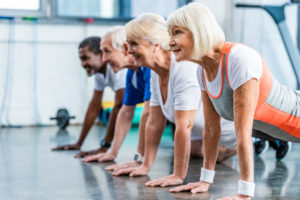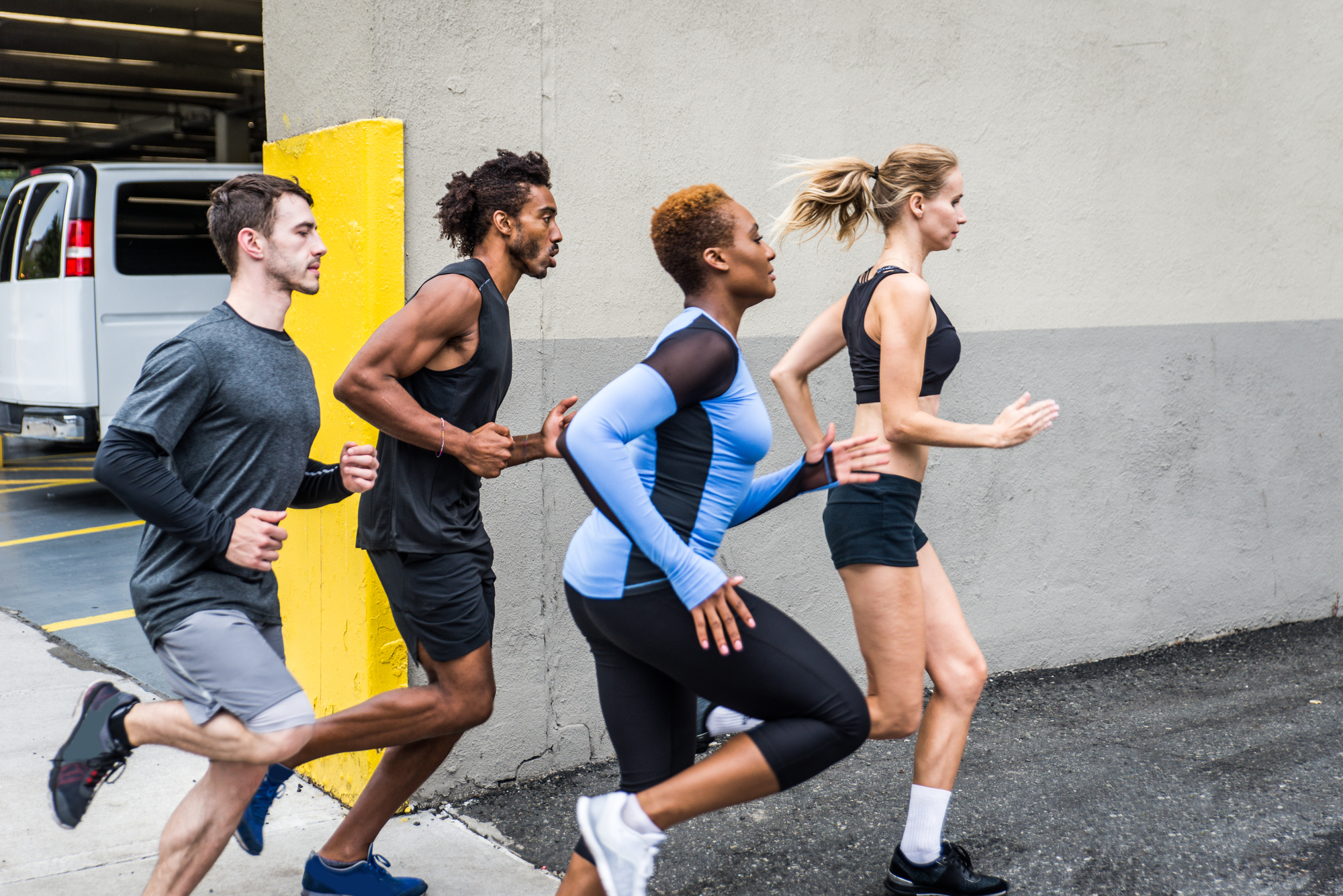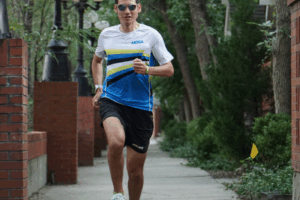Written by NBCA’s Sports & Wellness Institute Advisory Committee Member Bill Robertson, Doctor of Health Science (DHSc), Weber State University
For years, studies have identified common characteristics that increase the risk of blood clots, such as obesity, cancer, and heart disease (Anderson & Spencer, 2003). But more recent studies suggest that even those in peak physical condition, particularly athletes, can be at an increased risk of developing life-threatening venous thromboembolisms, or VTEs (Nazha et al., 2018).
Athletes are more prone to VTEs, not because of ill health, but because of athlete-specific variables that increase the prime conditions of blood clot formation (Chill et al., 2020). For instance, athletes often experience the types of injuries which damage delicate vasculature and can result in thrombosis within the bloodstream (Hull et al, 2015).
Additionally, athletes are often immobile for extended periods of time as a result of injuries or long travel when involved in organized sports (Eichner, 2014). Even short periods of immobilization can result in stagnation within the bloodstream, a prime culprit of blood clot formation. Also, athletes are often involved in activities that increase the conditions that thicken the blood from dehydration and the increased production of red blood cells (Meyering & Howard, 2004). Alone or in combination, all of these common variables of athleticism can increase the risk of VTEs. But these are not the only things working against athletes.
 Overconfidence in peak fitness, and sometimes, fear of seeming psychologically weak, often leads to athletes downplaying the symptoms of VTE (O’Sullivan, 2018). Because of the regularity of sprains, strains, and other athlete-related aches and pains, blood clot symptoms are often ignored by athletes and those who are physically active.
Overconfidence in peak fitness, and sometimes, fear of seeming psychologically weak, often leads to athletes downplaying the symptoms of VTE (O’Sullivan, 2018). Because of the regularity of sprains, strains, and other athlete-related aches and pains, blood clot symptoms are often ignored by athletes and those who are physically active.
Similarly, due to their superior condition, medical professionals will often consider blood clots a low priority in their differential diagnosis of healthy athletes who present with signs and symptoms (Hummel et al., 2018). Although athletes do have additional protection from VTEs from the perspective of good health, certain activities can also put them at greater risk.
If you or someone close to you is an athlete or athletic, here are some considerations that might help you identify VTEs:
- Pain level and/or quality that is disproportionate to the injury.
- An injury, sprain, or strain that does not seem to improve as one would expect.
- Pain that is accompanied with other vague illness, such as general fatigue, persistent malaise, or fever.
- Injury or pain that is not like that previously experienced from similar activities.
- Injury or pain that is accompanied with an extended period of increased heart rate (hours or days), especially at rest.
- Injury or pain that is accompanied with otherwise unexplained shortness of breath, especially at rest.
- Unexplained and new onset of sharp pain in the chest or back that increases with inspiration.
- Unexplained and new onset of anxiety or sudden sweating, especially at night.
- A gut feeling that there is “more to it” than the usual injury or pain experienced from physical activity.
If you suspect that your symptoms could be caused by a blood clot, see your healthcare provider immediately, and let them know your concerns. If they don’t answer all of your questions or address all of your concerns, be persistent or seek another opinion. As an athlete, you know your body better than anyone. For more information, visit Athletes and Blood Clots or contact the National Blood Clot Alliance at info@stoptheclot.org.
References
Anderson Jr, F. A., & Spencer, F. A. (2003). Risk factors for venous thromboembolism. Circulation, 107(23_suppl_1), I-9.
Chill, N. M., Monseau, A. J., Balcik, B. J., Sikora, R. D., & Oppenlander, K. (2020). Case Report: A Near Miss of Pulmonary Embolism in a Division 1 Collegiate Basketball Player. Clinical Practice and Cases in Emergency Medicine.
Eichner, E. R. (2014). Clots and consequences in athletes. Current sports medicine reports, 13(5), 287-288.
Hull, C. M., Hopkins, C. L., Purdy, N. J., Lloyd, R. C., & Harris, J. A. (2015). A case of unprovoked venous thromboembolism in a marathon athlete presenting atypical sequelae: what are the chances?. Scandinavian journal of medicine & science in sports, 25(5), 699-705.
Hummel, C., Geisler, P. R., Reynolds, T., & Lazenby, T. (2018). Posttraumatic deep vein thrombosis in collegiate athletes: an exploration clinical case series. Journal of Athletic Training, 53(5), 497-502.
Meyering, C., & Howard, T. (2004). Hypercoagulability in athletes. Current sports medicine reports, 3(2), 77-83.
Nazha, B., Pandya, B., Spyropoulos, A. C., & Kessler, C. M. (2018). Treatment of venous thromboembolism in elite athletes: a suggested approach to individualized anticoagulation. In Seminars in thrombosis and hemostasis (Vol. 44, No. 08, pp. 813-822). Thieme Medical Publishers.
O’Sullivan, K., O’Sullivan, P. B., & Gabbett, T. J. (2018). Pain and fatigue in sport: are they so different?





